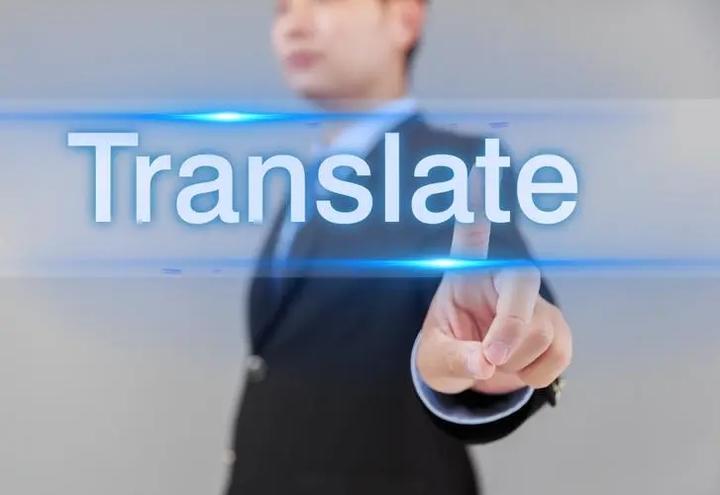As the key bridge connecting developers and global players, professional game localization demands meticulous process management. Below, we outline the essential stages of this process.

Stage 1: Project Initiation and In-depth Requirement Analysis
Successful localization begins with precise market selection and cultural understanding. This is far more than just choosing a language; it involves a thorough analysis of core factors such as player preferences, cultural taboos, and regulations in the target region. For example, ignoring cultural taboos in the Middle East can lead to player backlash, and failing to comply with local regulations could even result in a game being removed from stores.Based on market and cultural research, a comprehensive localization strategy package must be created as the core guiding document for the entire project. This package contains three key components:
Once the strategy is set, resources and planning should be evaluated to ensure the project progresses smoothly. This includes analyzing the volume of content to be localized, required language pairs, technical feasibility, and the development of a feasible project budget and timeline.
- Terminology Database: Ensures the consistent translation of core terms (e.g., character names, skill names, and place names). For instance, should "Mana" be translated as "Magic Value" or "Mana"?
- Style Guide: Defines language style, tone, number/date/currency formats, and rules for handling special characters.
- Contextual Information: Provides translators with details about the text's position, function, and associated scenes in the game, avoiding out-of-context mistranslations.
Stage 2: Text Processing and Language Quality Control
- Text Extraction: Professional tools are used to extract all the text content from the game code that requires translation, ensuring that the translated text can be accurately reintegrated into the original structure.
- Translation: The initial translation is carried out by professional translators familiar with the game genre and target culture. The key here is understanding the game's worldview and character personalities, ensuring the translated text matches the intended style of the original.
- Proofreading: After the initial translation, a native language expert reviews the text for fluency, natural expression, cultural appropriateness, and adherence to the terminology database and style guide.
- Localization Quality Assurance (LQA): Native testers check the text in a real game environment, focusing on contextual errors, display issues, and cultural adaptation, ensuring the accuracy and fluency of the translation.
The core focus in this stage is to accurately convert the in-game text into the target language and ensure its accuracy and naturalness in the actual game environment.

Stage 3: Multi-language Integration and Engineering Adaptation
During this phase, the final translated text is integrated back into the game, and the completeness and stability of the localized version are verified. Engineers must ensure that the translated text fits into the game without issues, handling character encoding, text direction (e.g., right-to-left for Arabic), and localized resources such as images and audio.Comprehensive functional testing is carried out to verify:
Once all functions and details are seamlessly integrated, the game provides a stable, smooth, and culturally appropriate experience for players.
- Are the text elements displayed correctly and completely?
- Are there any remaining untranslated text fragments?
- Are the date/number/currency formats in line with local conventions?
- Does the UI layout adapt to changes in text length?
- Is the target language's input method supported?
Stage 4: Voice-over Production and Audio Adaptation
To ensure cultural compatibility in the audio experience, the in-game voice content must be adapted into the target language.
- Script Localization: The voice-over script is not a simple translation; it must be deeply adapted to fit the character's personality, lip sync, and the target language's speaking habits. For example, the complex levels of politeness in Japanese dialogue might need to be simplified or intensified based on character relationships.
- Casting and Recording: Professional voice actors who match the character's profile (considering age, voice type, and regional accent) are selected from the target market and recorded in a professional studio under the direction of a voice director.
- Lip-sync Adjustment: For important cutscenes, the character's lip movements are adjusted to match the rhythm of the new voice-over language.
- Sound Effects and Music Review: The background music and sound effects are checked to ensure they do not carry any ambiguous or offensive meanings in the target culture.
Stage 5: Final Validation and Quality Assurance
The goal of this stage is to ensure that the localized version meets quality standards and continues to be optimized. Using professional Language Quality Evaluation (LQE) methods, the translated text is sampled and checked against strict error-grading standards (Critical/Major/Minor), generating a clear quality score report so the client is fully informed about the translation quality.During beta testing or DLC update testing, full Localization Quality Assurance (LQA) is conducted in a real game environment to verify text display, cultural adaptation, and user experience. All issues are documented with reproduction steps for bug reports.
Once the version quality is confirmed, the final release version is generated and delivered.

Game localization is not an afterthought in the development process but a strategic investment that spans the entire development cycle and profoundly influences global market performance. A rigorous, professional, and culturally respectful localization process ensures that a developer's creativity is accurately conveyed to players worldwide, eliminating barriers and creating an immersive experience. When players encounter a clever joke in their native language, they recognize not just a translation but the developer's sincerity and respect for their global audience—this is the core value of localization: making the world play without boundaries.
Shenzhen Glodom Technology Co., Ltd. is an innovative language technology solutions provider focused on industries such as ICT, intellectual property, life sciences, gaming, and finance. Glodom offers services in three major business modules: language services, big data services, and AI technology applications.
Headquartered in Shenzhen, Glodom has branches in Beijing, Shanghai, Hefei, Chengdu, Xi'an, Hong Kong, and Cambridge, UK. Glodom has provided one-stop multilingual solutions to numerous Fortune 500 companies and well-known domestic enterprises, establishing long-term and stable cooperation relationships.


